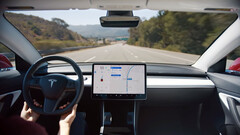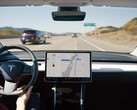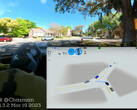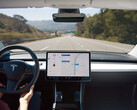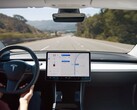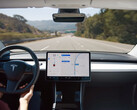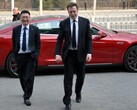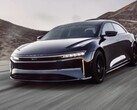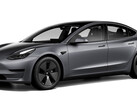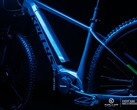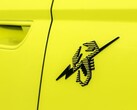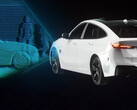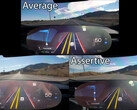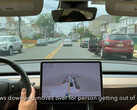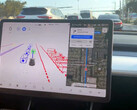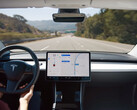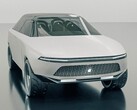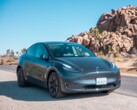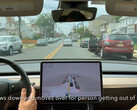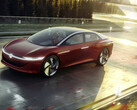Just as promised, Elon Musk took to Twitter to unveil the general availability of Tesla's FSD Beta autonomous driving service to anyone in North America who wants to buy it. It's a bit more convoluted than that, of course, as some older buys who prepaid for the Full Self-driving Beta software are still waiting for the software version that will enable it on their cars, but at least they will now know they are eligible.
Also, those on the latest 2022.40 software branch would have to wait for the single-stack FSD Beta v11 to be released there, but for whoever is on the 36 branch, Elon Musk says that "Full Self-Driving Beta is now available to anyone in North America who requests it from the car screen, assuming you have bought this option." Tesla has gradually been preparing for the wider release, resetting its Safety Score strikes, and promising to launch a true self-driving service by year's end.
Unfortunately, it seems that Elon Musk got ahead of himself with that Level 3 wish, as no matter how good Tesla's autonomous driving software is compared to the competition, it is still mandated as a Level 2 solution that will require driver's attendance for the foreseeable future. Even in the US, where Tesla has millions of miles logged into the self-driving AI mainframe, regulators won't be giving it a full self-driving status any time soon, let alone the rest of the world where the software isn't even available yet.
Still, Tesla plans to compensate for its Level 3/4 regulatory certification hurdles by releasing the finalized single-stack autonomous driving model with the FSD Beta v11 probably in time for the holiday shopping spree.
The V11 release notes inform that this will perhaps be the most significant Tesla self-driving update ever, hence the wider availability announcement:
- Enabled FSD Beta on highway. This unifies the vision and planning stack on and off-highway and replaces the legacy highway stack, which is over four years old. The legacy highway stack still relies on several single-camera and single-frame networks and was set up to handle simple lane-specific maneuvers. FSD Beta’s multi-camera video networks and next-gen planner, that allows for more complex agent interactions with less reliance on lanes, make way for adding more intelligent behaviors, smoother control, and better decision making.
- Improved Occupancy Network’s recall for close by obstacles and precision in severe weather conditions with 4x increase in transformer spatial resolution, 20% increase in image featurizer capacity, improved side camera calibration, and 260k more video training clips (real-world and simulation).
- Improved merging behavior by leveraging lane geometry and lane bounds, association with coarse map information and better gap selection algorithms, allowing for a smoother and safer experience.
- Added highway behavior to offset away from blocked lanes and generic obstacles like road debris while also adding a smooth hand-off between in-lane offsetting and lane changing.
- Improved speed-based lane change decisions to better avoid slowing down traffic in fast lanes, and interfere less with navigation.
- Reduced sensitivity for speed-based lane changes in CHILL mode.
- Improved lane changes to allow higher jerk maneuvers if required to stay on-route or to move away from lane blockages.
- Improved smoothness at highway lane splits by being less strict about centering between lane lines and allowing lower jerk maneuvers, where safe to do so.
- Reduced latency of trajectory optimization by 20% on average, without sacrificing behavior, by leveraging numerical tricks for more efficient computations.
Source(s)
Elon Musk (Twitter)




